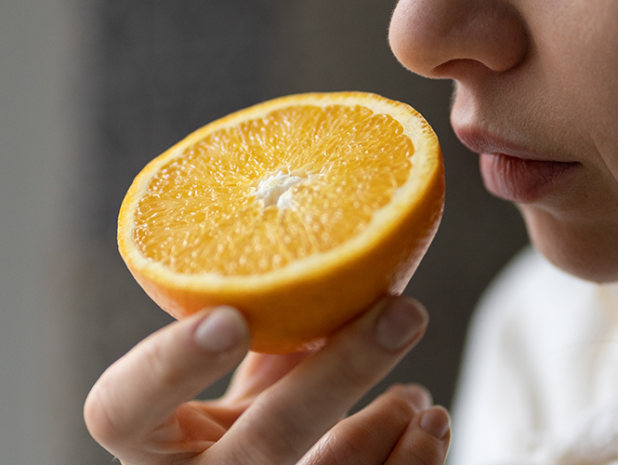
Breaking News
 Israel's Push To Immigrate Muslims To The West Is Behind The Resurgence Of Islamic Terrorism
Israel's Push To Immigrate Muslims To The West Is Behind The Resurgence Of Islamic Terrorism
 EU Sanctions Swiss Intelligence Expert Jacques Baud
EU Sanctions Swiss Intelligence Expert Jacques Baud
 The Map Is Not the Territory: Ukraine, Manufactured Consent, and Europe's War of Attrition
The Map Is Not the Territory: Ukraine, Manufactured Consent, and Europe's War of Attrition
 The Rise of the Isaac Accords: How Israel is Redrawing South America's Political Landscape
The Rise of the Isaac Accords: How Israel is Redrawing South America's Political Landscape
Top Tech News
 This tiny dev board is packed with features for ambitious makers
This tiny dev board is packed with features for ambitious makers
 Scientists Discover Gel to Regrow Tooth Enamel
Scientists Discover Gel to Regrow Tooth Enamel
 Vitamin C and Dandelion Root Killing Cancer Cells -- as Former CDC Director Calls for COVID-19...
Vitamin C and Dandelion Root Killing Cancer Cells -- as Former CDC Director Calls for COVID-19...
 Galactic Brain: US firm plans space-based data centers, power grid to challenge China
Galactic Brain: US firm plans space-based data centers, power grid to challenge China
 A microbial cleanup for glyphosate just earned a patent. Here's why that matters
A microbial cleanup for glyphosate just earned a patent. Here's why that matters
 Japan Breaks Internet Speed Record with 5 Million Times Faster Data Transfer
Japan Breaks Internet Speed Record with 5 Million Times Faster Data Transfer
 Advanced Propulsion Resources Part 1 of 2
Advanced Propulsion Resources Part 1 of 2
 PulsarFusion a forward-thinking UK aerospace company, is pushing the boundaries of space travel...
PulsarFusion a forward-thinking UK aerospace company, is pushing the boundaries of space travel...
 Dinky little laser box throws big-screen entertainment from inches away
Dinky little laser box throws big-screen entertainment from inches away
 'World's first' sodium-ion flashlight shines bright even at -40 ºF
'World's first' sodium-ion flashlight shines bright even at -40 ºF
New 10 Minute Treatment Restores Sense of Smell and Taste in Patients with COVID Parosmia

While most COVID patients did recover their sense of smell over time, some patients however continue to have these symptoms for months, or even years, after infection.
Lead author professor Adam Zoga said that post-COVID parosmia is increasingly being recognized, and that patients can develop distaste for foods or drinks they used to enjoy.
"Parosmia has previously been reported as a rare disorder occurring after brain trauma, brain surgery, stroke, viral syndromes, and with some head and neck tumors," said Zoga. "We were not entirely confident that the procedure would work for parosmia."
The treatment involves injecting anesthetic directly into the stellate ganglion on one side of the neck to stimulate the autonomic nervous system, which is accurately achieved with CT guidance.
The minimally invasive procedure takes less than 10 minutes, and no sedation is necessary. It's been used to treat several other conditions including cluster headaches, phantom limb pain, Raynaud's and Meniere's syndromes, angina, and cardiac arrhythmia.
For the study, 54 patients were referred by an ear, nose, and throat specialist after at least six months of post-COVID parosmia that was resistant to pharmaceutical and topical therapies.
The researchers added a small dose of corticosteroid to the anesthetic, suspecting that the COVID virus may be causing nerve inflammation.



